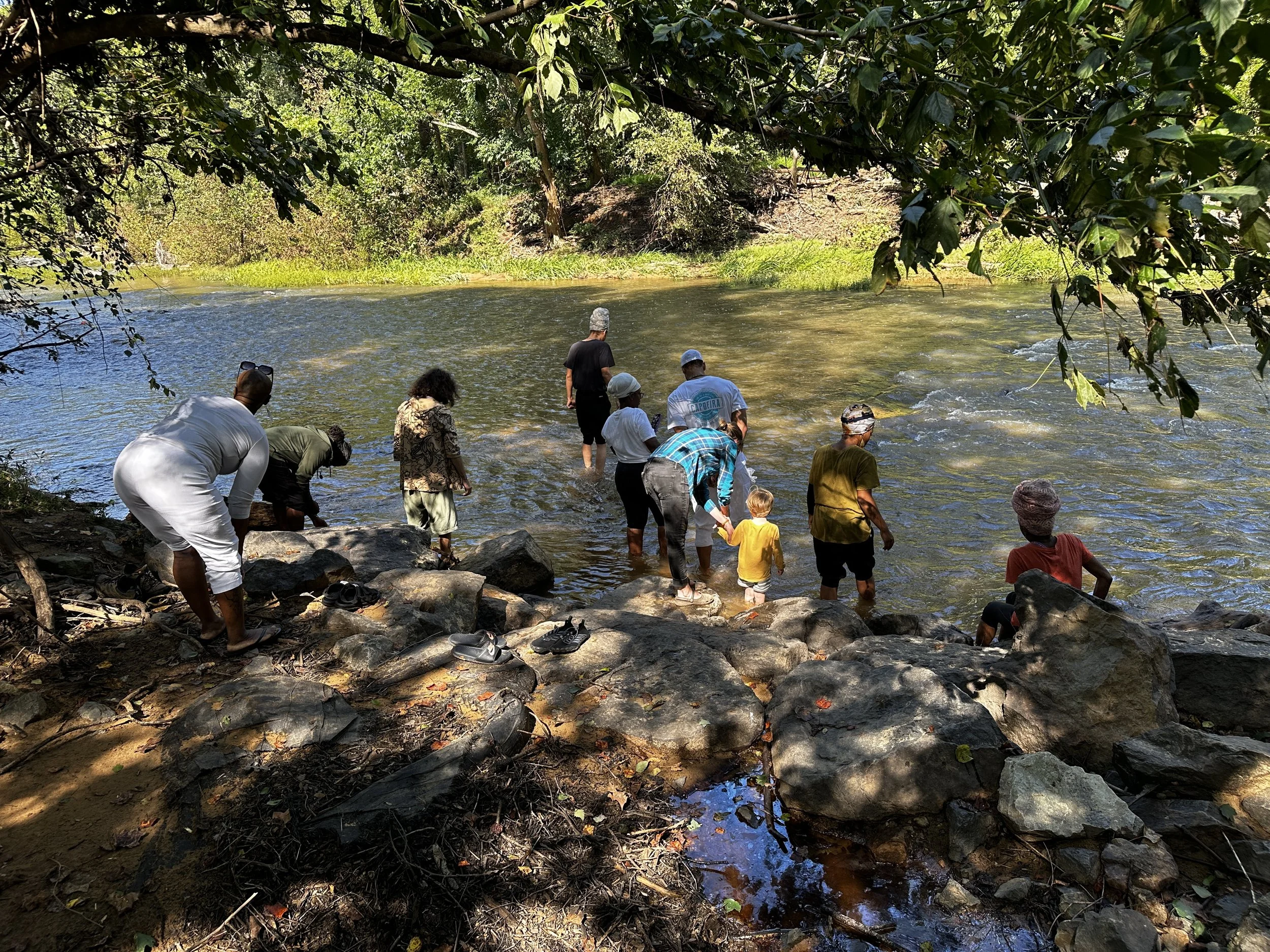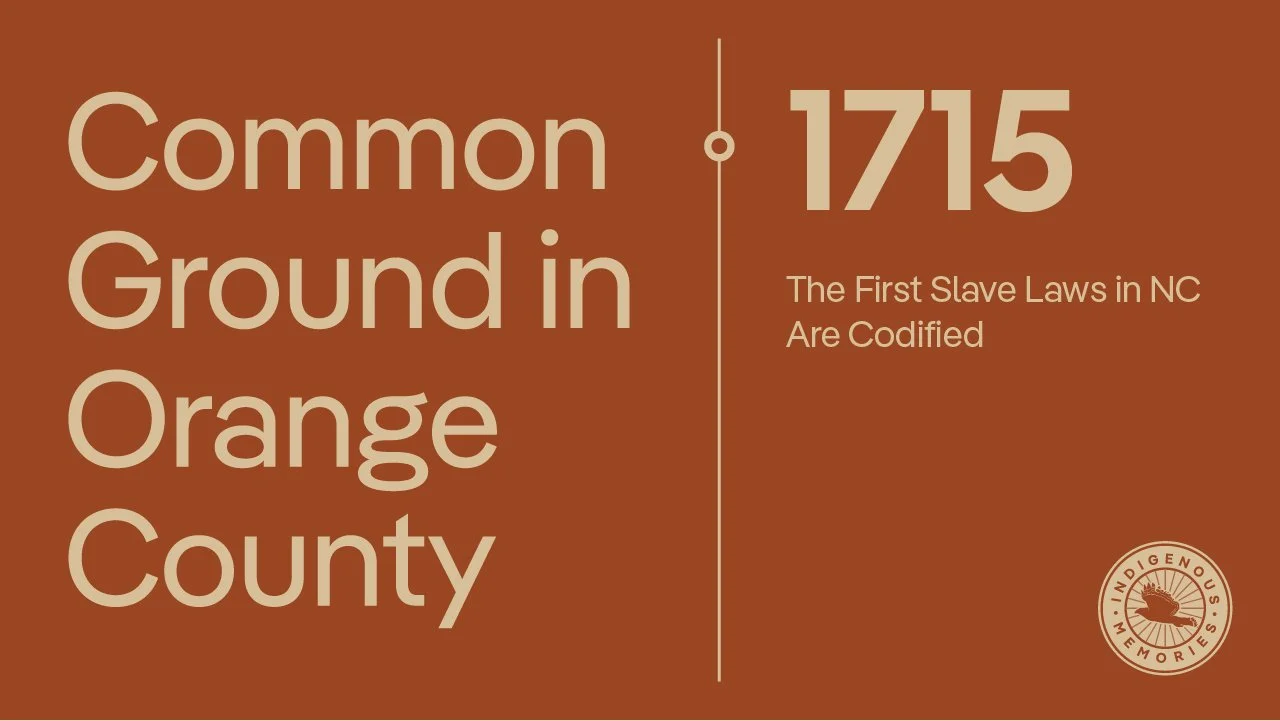
1715
THE FIRST SLAVE LAWS IN NC ARE CODIFIED
Slavery was already enmeshed in the fabric of North Carolina society by the time the colony received its official name.
The practice of enslaving people in what is now North Carolina can be traced back to as early as 1655. In 1663, the area that is now North and South Carolina was named the Carolinas in honor of King Charles II.
Under the Lords Proprietors, who governed the expanse, the Carolinas split into two colonies based on distinct social and economic characteristics. In the South, affluent settlers flowed in from the West Indies while less wealthy Virginians crossed into what is now North Carolina.
The influx of enslaved Africans, primarily through South Carolina, laid the foundations of a slave society in the northern colony. Early regulations curtailing the rights of enslaved people began at the county level in the late 1600s.
"By 1700, there weren't but about 1,000 enslaved people in North Carolina. In 1705, there were about 5,000 people in North Carolina, of whom 1,000 were black," said Freddie Parker, Professor Emeritus and former Julius L. Chambers Endowed Professor of History at North Carolina Central University in Durham, NC.
By the turn of the 18th century, the growing number of enslaved individuals and an increase in those who were running away led to the establishment of the first slave laws. In 1715, the colony codified a comprehensive set of laws known as the slave code, modeled closely after those in Virginia and South Carolina.
The laws within this code aimed to dehumanize and control every aspect of enslaved people's lives. It explicitly established a racial hierarchy.
“The very first slave code included laws that definitely told whites that they were superior and the blacks were inferior,” Parker said.
The first code legally defined enslaved people as property and prohibited them from running away, owning property, or marrying white people. These laws laid the groundwork for the legal and social architecture of slavery in North Carolina that persisted until the Civil War.
As the slave population grew, so did the complexity and brutality of the laws governing them, reflecting a deeply entrenched system of racial subjugation that shaped the historical trajectory of the region.
Featuring Indigenous Memories Consultant in Slavery in North Carolina, Dr Freddie Parker


